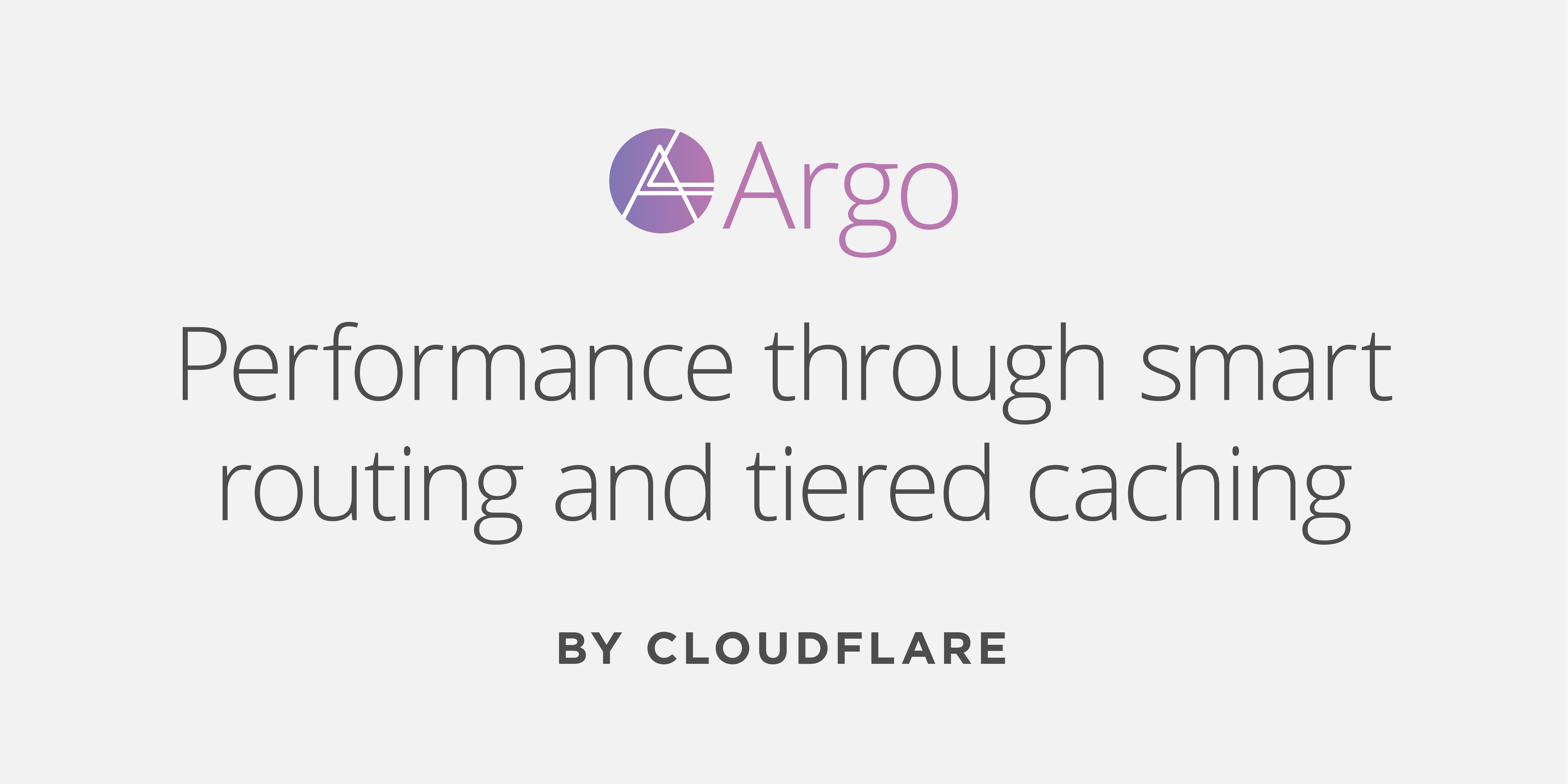Worth Reading: Bartering for privacy
The post Worth Reading: Bartering for privacy appeared first on rule 11 reader.
SK Telecom Calls for Open Source Project Consolidation
 The operator plans to launch 5G in 2019 using its AtScale next-gen network.
The operator plans to launch 5G in 2019 using its AtScale next-gen network.
On the ‘net: A New Routing Stack Comes to Town
The post On the ‘net: A New Routing Stack Comes to Town appeared first on rule 11 reader.
PQ Show 116: Practical YANG For Network Automation
Todays Priority Queue explores network modeling and programmability. Our guest Michael Kashin has been working with YANG models, python, and a variety of supporting tools. We discuss how to work with network models and how they tie to the future of network configuration. The post PQ Show 116: Practical YANG For Network Automation appeared first on Packet Pushers.How the Internet changed the Nyirarukobwa Primary School
She tells me that she joined this school this year because it has a very high success rate for the National Exam. Sarah said to me: 'I want to go to boarding School', which is what will happen when she passes the exam and go to Secondary school.
She is one of the 700 plus children who joined the Nyirarukobwa School over the last 3 years (yes the number of kids just doubled!!) because of its high exam success rate.
Introducing Argo — A faster, more reliable, more secure Internet for everyone

The Internet is inherently unreliable, a collection of networks connected to each other with fiber optics, copper, microwaves and trust. It’s a magical thing, but things on the Internet break all the time; cables get cut, bogus routes get advertised, routers crash. Most of the time, these failures are noticed but inexplicable to the average user — ”The Internet is slow today!” — frustrating user experiences as people go about their lives on the Internet.

Today, to fix all of this, Cloudflare is launching Argo, a “virtual backbone” for the modern Internet. Argo analyzes and optimizes routing decisions across the global Internet in real-time. Think Waze, the automobile route optimization app, but for Internet traffic.
Just as Waze can tell you which route to take when driving by monitoring which roads are congested or blocked, Argo can route connections across the Internet efficiently by avoiding packet loss, congestion, and outages.
Cloudflare’s Argo is able to deliver content across our network with dramatically reduced latency, increased reliability, heightened encryption, and reduced cost vs. an equivalent path across the open Internet. The results are impressive: an average 35% decrease in latency, a 27% decrease in connection errors, and a 60% Continue reading